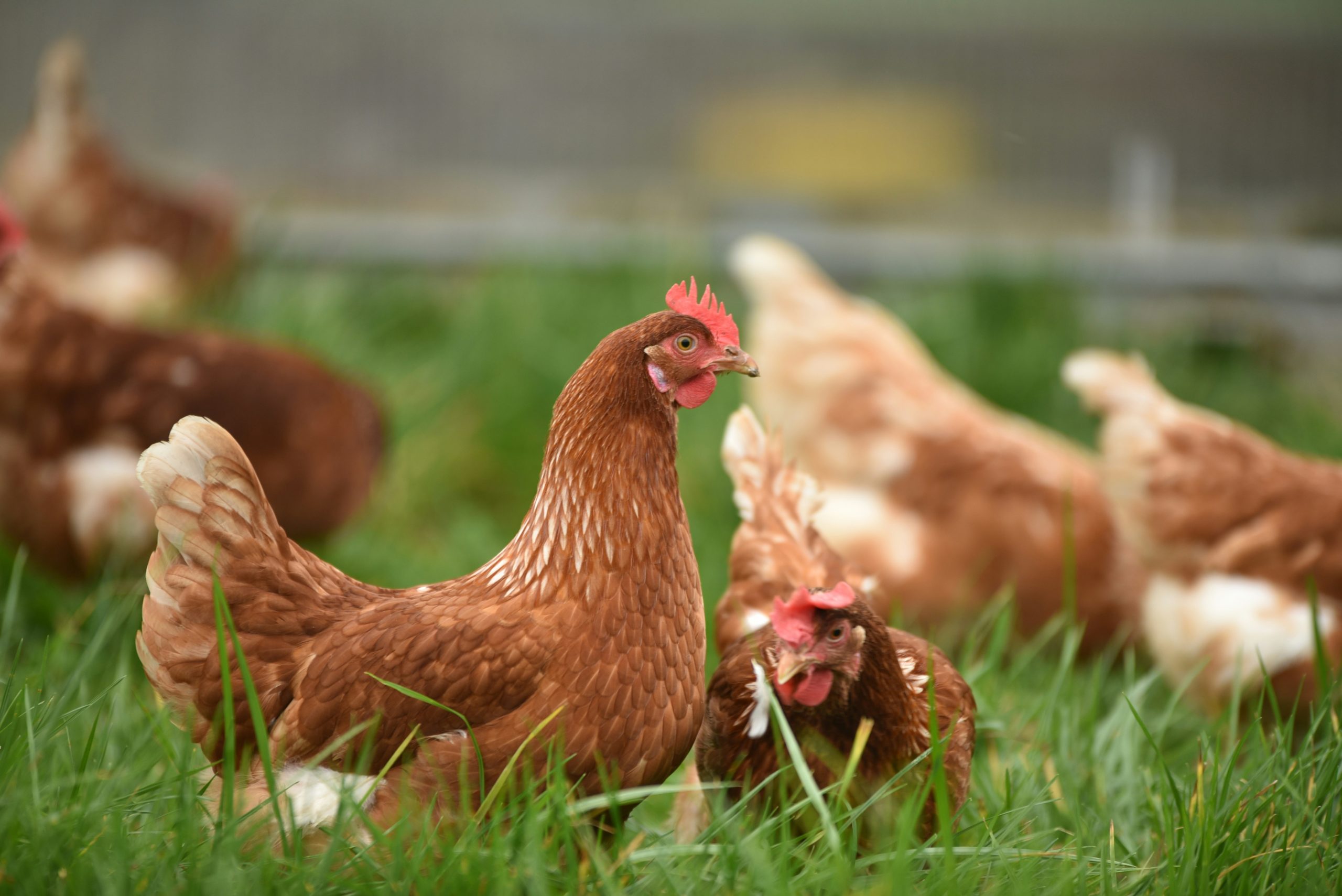MI weekly selection #545

Neolithic burial site poses mystery of missing bones
Missing skulls and thigh bones have sparked questions about burial practices in early Neolithic Sweden, where archaeologists have revisited one of Scandinavia’s oldest stone burial chambers from around 3500 BCE. The site, called a dolmen, holds the remains of 12 or more people of varying ages, and researchers will next use DNA to look for familial ties.
Full Story: Interesting Engineering
Analysis of lunar quakes to guide moon mission
Evidence of moonquakes in the lunar south polar region could disrupt NASA’s plan for the Artemis III crew to land in the area and look for ice among its shadows in 2026. “This work is helping us prepare for what awaits us on the moon — whether that’s engineering structures that can better withstand lunar seismic activity or protecting people from really dangerous zones,” says Nicholas Schmerr, a co-author of the report.
Full Story: Astronomy
Lab experiment offers insight on slow earthquakes
Scientists say they gained insight into slow earthquakes by creating a transparent plastic cylinder and injecting it with pressurized fluid to create a fracture. Researchers, who monitored the process with high-speed photography and acoustic sensors, say the laboratory experiment showed how the fluid’s viscosity and pressure affect the spread of cracks similar to how slips and tremors occur during slow earthquakes.
Full Story: Eos
Enzyme that breaks down plastics
Scientists have discovered an enzyme found in most laundry detergents can turn single-use plastic products into dissolvable material in a day as opposed to industrial composting, which can take 12 weeks.
Full Story: Newsweek
Avian influenzas might use ANP32 proteins to invade human cells
Avian influenza viruses carry a version of ANP32 proteins that may facilitate initial replication inside mammalian cells, enabling the viruses to gain enough mutations to hijack mammalian ANP32 proteins and continue replicating. Gauging the strength of such interactions could help scientists predict which avian influenza viruses have the highest potential to cause a pandemic.
Full Story: Science News